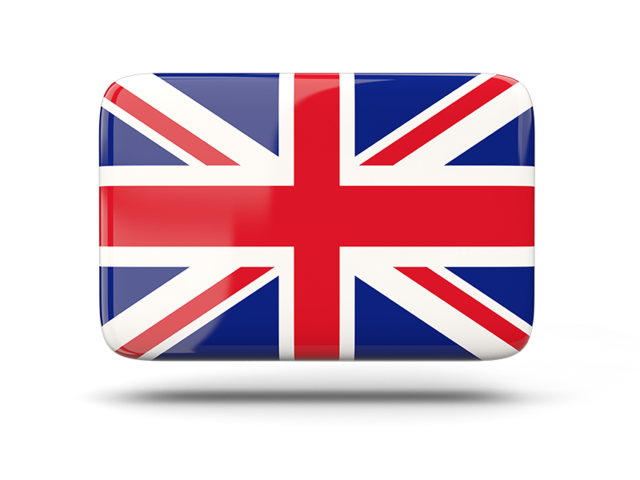Economical Chemical Recycling of Complex PET Waste in the Form of Active Packaging Material
Since millions of tons of packaging material cannot be recycled in conventional ways, most of it ends up in landfills or even dumped into the natural environment. The researched methods of chemical depolymerization therefore open a new perspective for the recycling of various PET materials, which are especially important for packaging. Food preservative packaging materials made from PET plastics are complex, and their wastes are often contaminated, so there are no sophisticated solutions for them in the recycling industry. After integrating the biopolymer chitosan, which is derived from natural chitin, as an active surface additive in PET materials, we discovered that it not only enriches the packaging material as a microbial inhibitor to reduce the bacteria Staphylococcus aureus and Escherichia coli, thus extending the shelf life of the contained food, but also enables economical chemical recycling by alkaline or neutral hydrolysis, which is an environmentally friendly process. Alkaline hydrolysis at a high temperature and pressure completely depolymerizes chitosan-coated PET packaging materials into pure terephthalic acid and charcoal. The products were characterized by Fourier-transform infrared spectroscopy, proton nuclear magnetic resonance spectroscopy, and elemental analysis. The resulting reusable material represents raw materials in chemical, plastic, textile, and other industries, in addition to the antimicrobial function and recyclability itself.

» Author: Julija Volmajer Valh
» Reference: doi: 10.3390/polym14163244
» Publication Date: 09/08/2022



 High quality methylal from non-recyclable plastic waste by an improved Catalytic Hydro-Gasification Plasma(CHGP) process
High quality methylal from non-recyclable plastic waste by an improved Catalytic Hydro-Gasification Plasma(CHGP) process

